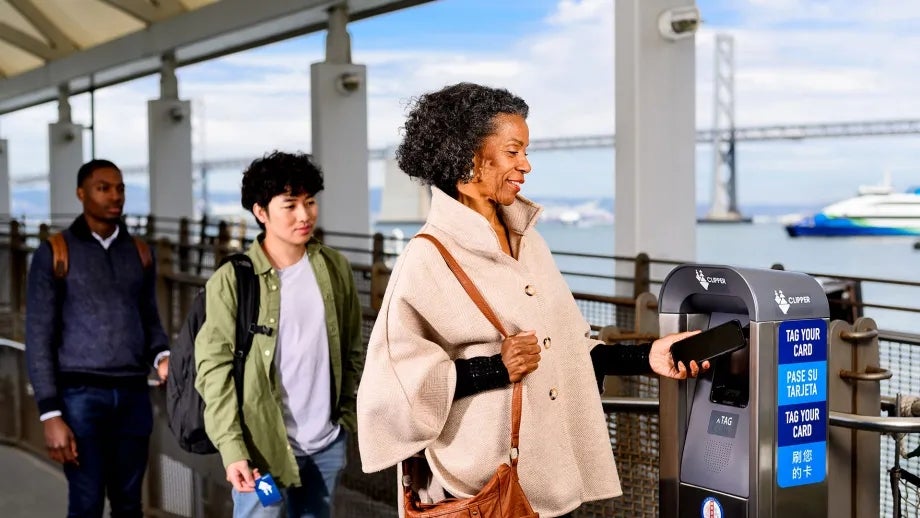Transit Fare Coordination & Integration Study
MTC, Bay Area transit agencies and county transportation agencies studied ways to make the region's transit network better coordinated and more affordable.
The Bay Area Transit Fare Coordination & Integration Study & Business Case, completed in September 2021, developed goals for a regional fare system that will improve the passenger experience and promote higher ridership across the region’s 27 different transit operators.
Based on the study’s findings, the Fare Integration Task Force adopted a policy vision statement in November 2021 which guides ongoing work by MTC and transit operators in advancing transit fare policy initiatives.
Staff Contacts
William Bacon, MTC
Phone: 415-778-6628
Email: wbacon@bayareametro.gov
Michael Eiseman, BART
Phone: 510-464-6435
Email: MEisema@bart.gov
Learn more about the Fare Integration Task Force and attend upcoming meetings.
MTC is partnering with Bay Area transit agencies and county transportation agencies to improve transit fare policies and make the Bay Area's transit network better coordinated and more affordable.
Co-managed by staff from MTC and BART, the Transit Fare Coordination and Integration Study also established a Fare Integration Task Force with representatives from:
- AC Transit
- Caltrain
- County Connection
- Golden Gate Transit
- Muni
- Napa Valley Transportation Authority
- SamTrans
- Solano County Transit
- Solano Transportation Authority
- VTA
Approximately $900,000 from Regional Measure 2 was used to bring together local and international fare policy and user-research experts to study the region’s transit network.
Bay Area voters approved Regional Measure 2 in 2004 to help pay for transportation improvements.

